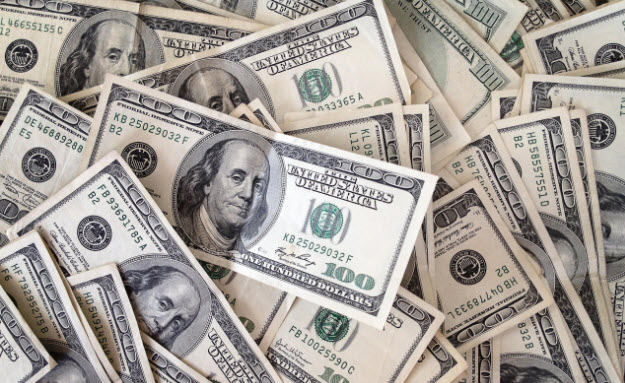Patrick A. Heller writes of his trip to Panama.
Last week, I returned from a brief vacation in Panama. I did not have to change my U.S. dollars for local currency since the U.S. dollar is the legal tender currency there.
Since Panama (with the backing of the U.S. government—almost certainly prompted by President Theodore Roosevelt’s interest in building the Panama Canal) won independence from Colombia in 1903, it has had a mixed hybrid monetary system. Panama introduced the balboa as the official monetary unit in 1904, equal in value to the U.S. dollar. The U.S. dollar has been its circulating currency ever since (except for a brief attempt to issue its own currency in late 1941, an effort that resulted in the quick overthrow of that country’s president, a coup supported by the U.S. government). There was also a brief period in 2016 where the value of the balboa fluctuated slightly from the U.S. dollar.
The balboa denomination honors Vasco Nunez de Balboa, the Spanish conquistador and explorer who was the first European to see the Pacific Ocean from the Western Hemisphere. The coin denominations now in circulation are the 1, 5, 10, 25, and 50 centesimos and the 1 balboa. In the past, Panama has also issued the one-half, 1.25, and 2.5 centesimos denominations.
Although the country uses U.S. currency in everyday commerce, Panama has its own balboa coinage, which for most of its history has been struck to the same specifications over the decades as U.S. coins. However, while most of the coins I received in change during my trip were struck for Panama, I did receive a few U.S. coins.
For much of its history, Panama’s coins were struck by the U.S. Mint. Starting in 1975, however, much or all of the circulating coins have been struck by the Royal Canadian Mint. The privately-owned Franklin Mint and the Valcambi precious metals refinery in Switzerland (which is privately owned ultimately 95 percent by a Singapore company and 5 percent by a company in India) have also struck Panamanian coins, especially commemorative issues.
Politically, Panama’s history since independence has been heavily influenced (dominated?) by the U.S. government, which would explain the monetary ties. The construction of the Panama Canal from 1904 through 1914 was conducted under a treaty that granted the U..S government dominion over the Panama Canal Zone in perpetuity. It was only in 1999 that the Canal Zone was turned back over to the government of Panama.
Most of the prices I saw in Panama used the dollar sign rather than the B for balboa.
The question came to me while I was in Panama how it might feel for a nation’s monetary system to pretty much be that of another country. Most of the people just automatically referred to “their” money as dollars. It seemed that the history of using U.S. currency has gone on so long that there is no real interest in establishing a Panamanian currency issue.
In fact, the taxi driver who took me back to the airport appreciated the fact that Panama’s monetary system has been so stable over the decades while nations all around Latin and South America have frequently suffered failed currencies. I was actually astounded at the depth of this man’s knowledge of the history of currency volatility in so many nations. He considered the monetary stability of Panama over the decades and the economic bedrock of the Panama Canal with contributing to the relative political stability in Panama compared to its neighbors. This combination almost certainly contributes to Panama having, on a purchasing power parity basis, a per capita income 25 percent higher than neighboring Costa Rica and 35 percent higher than neighboring Colombia.
In effect, by using the U.S. dollar as its currency unit over its history, the nation of Panama has enjoyed much less economic and political turbulence than other Latin and South American countries. No, that does not mean there is not any government corruption there, but the Panamanians generally seem to appreciate what their monetary system has done for their country.
Patrick A. Heller was honored as a 2019 FUN Numismatic Ambassador. He is also the recipient of the American Numismatic Association 2018 Glenn Smedley Memorial Service Award, 2017 Exemplary Service Award 2012 Harry Forman National Dealer of the Year Award, and 2008 Presidential Award winner. Over the years, he has also been honored by the Numismatic Literary Guild (including twice in 2019), Professional Numismatists Guild, Industry Council for Tangible Assets, and the Michigan State Numismatic Society. He is the communications officer of Liberty Coin Service in Lansing, Michigan and writes Liberty’s Outlook, a monthly newsletter on rare coins and precious metals subjects. Past newsletter issues can be viewed at http://www.libertycoinservice.com. Some of his radio commentaries titled “Things You ‘Know’ That Just Aren’t So, And Important News You Need To Know” can be heard at 8:45 AM Wednesday and Friday mornings on 1320-AM WILS in Lansing (which streams live and become part of the audio and text archives posted at http://www.1320wils.com).
